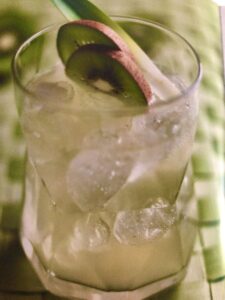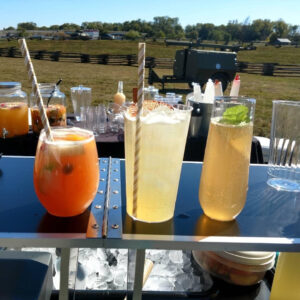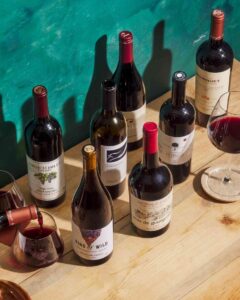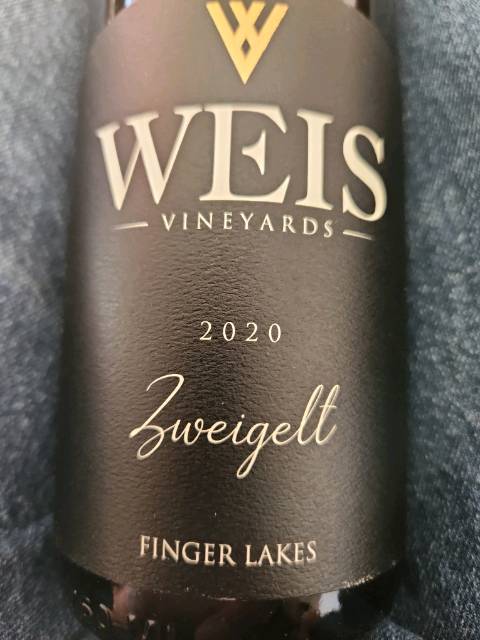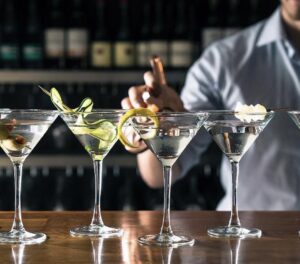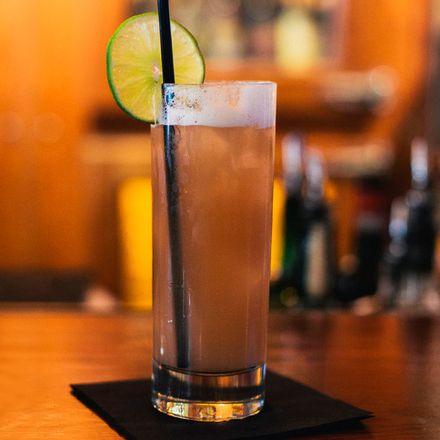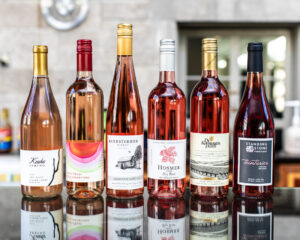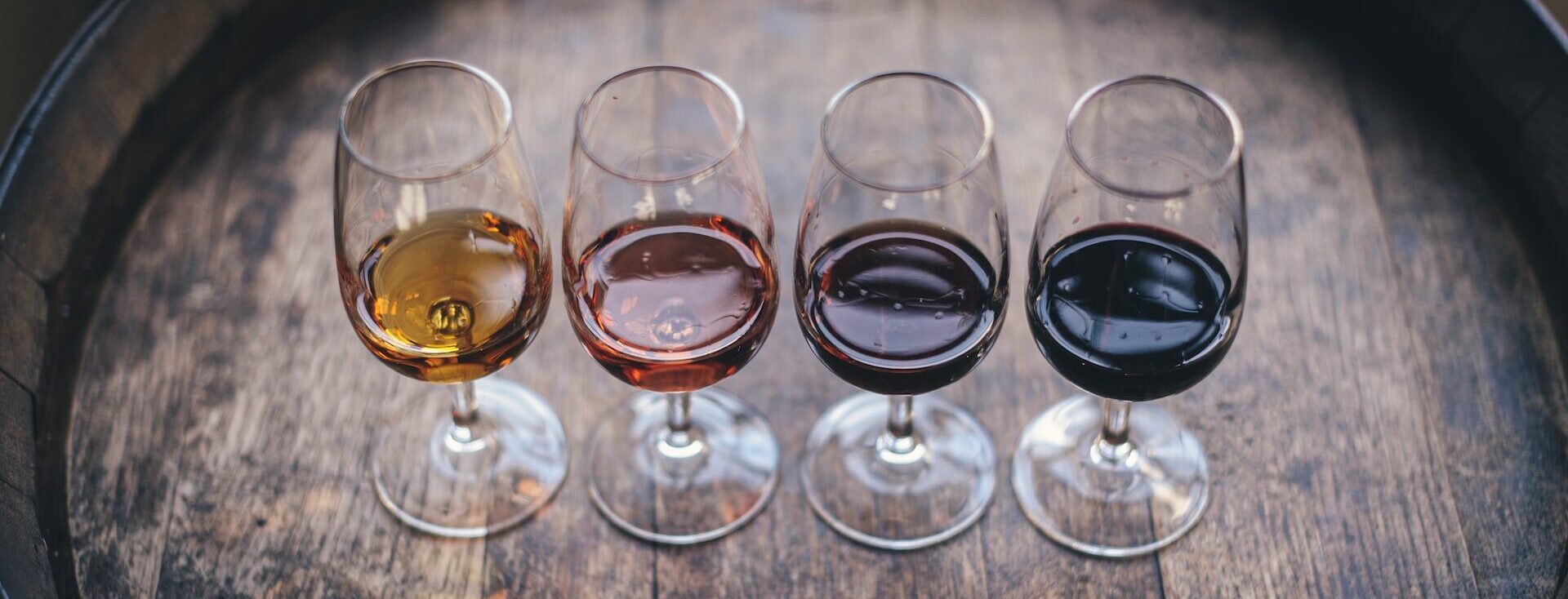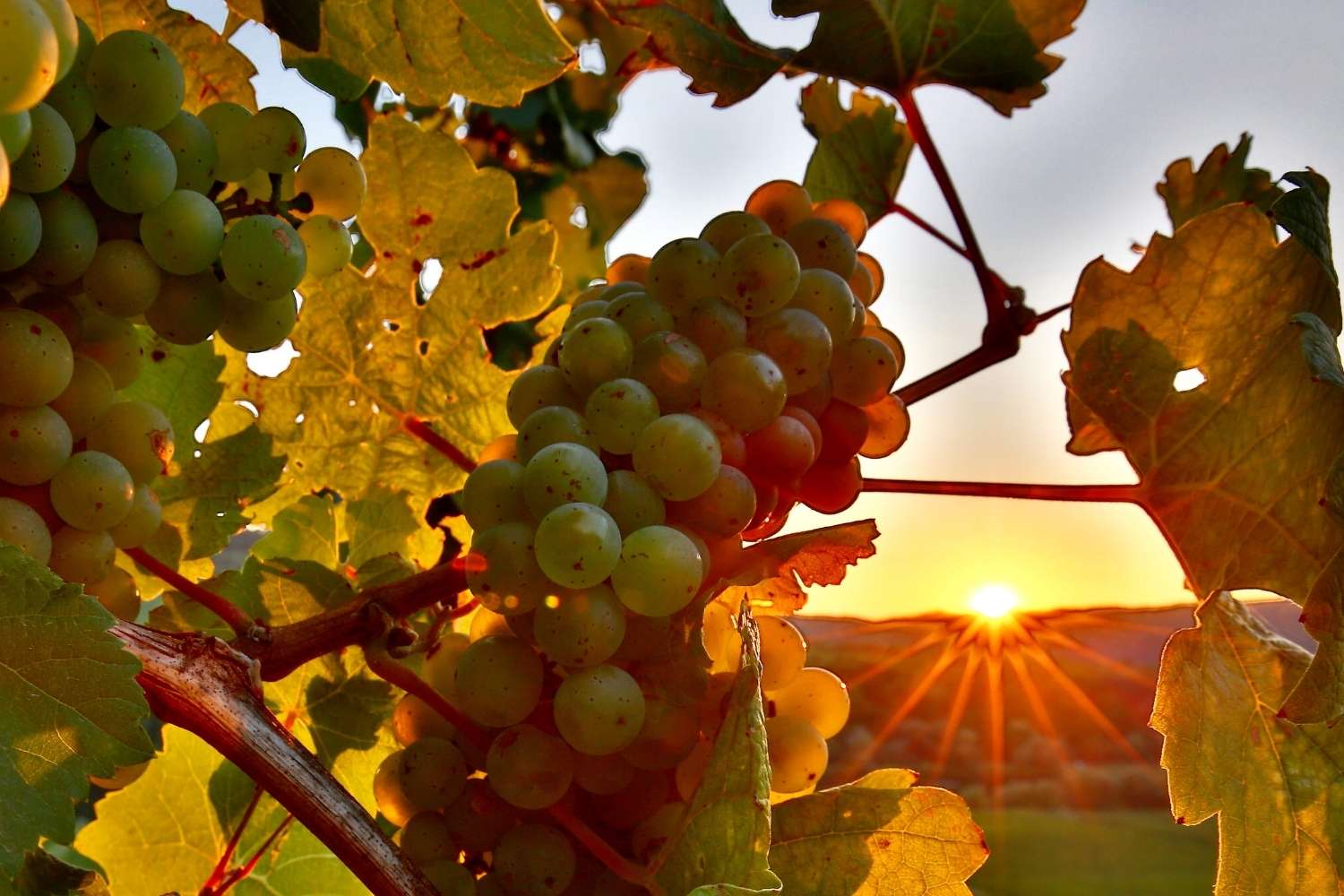(Cover Photo courtesy of Michael Nagy)
In cocktail bars, bartenders are creating their own spin on classic cocktails. They want to keep them fresh and exciting. To fight the monotony and repetition of making drinks the same way year after year, bartenders are designing drinks using seasonal ingredients and flavors and adding their own personal twists to them. Here are some popular drinks that bartenders love to mix up and how to order them.

1) Cosmopolitan
A Cosmo is a martini-type cocktail that is served ‘up’ and shaken into a chilled cocktail glass or coupe. The base ingredients call for vodka/citrus vodka, orange liqueur, fresh lime juice, and cranberry juice cocktail. When it is done properly with the correct ratio of spirit, liqueur, modifier, and juice, it is a well balanced cocktail with a pink hue. To change it up, use premium or different flavored vodka, switch out the cranberry juice for a natural unsweetened cranberry juice to reduce sweetness, or use different fresh juices, like orange, grapefruit, or pomegranate. Garnish with different colorful fruit. Order “Belvedere Cosmo, light cranberry”.
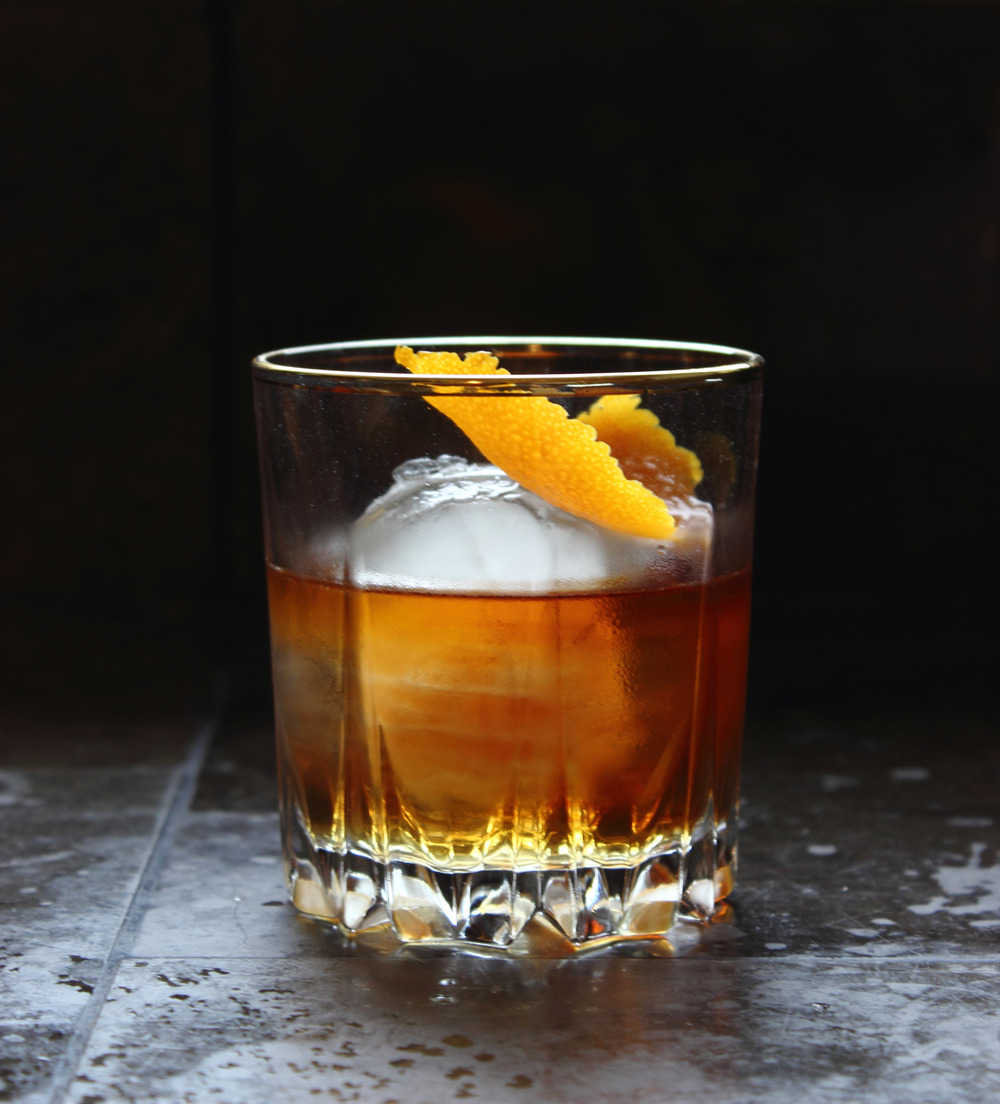
2) Old-Fashioned
An Old-Fashioned is always well stirred ‘on the rocks’. Bartenders like its versatility, which allows for much variation and creativity. It is a simple drink with minimal ingredients, but mixing one properly is paramount. With being whiskey based and spirit forward, there are many high-end whiskey options to choose from, whether it be bourbon, rye, Irish, or local whiskey. Experiment with different aromatic bitters, like chocolate, orange, or Angostura, to go along with the muddled orange, sugar cube, and Luxardo cherry garnish. Try it with a sphere or large ice cube. To make it a little sweeter, drop in a little Luxardo cherry juice. Smoked Old-Fashioned anyone? Order “Jefferson’s Ocean Bourbon Old-Fashioned”.
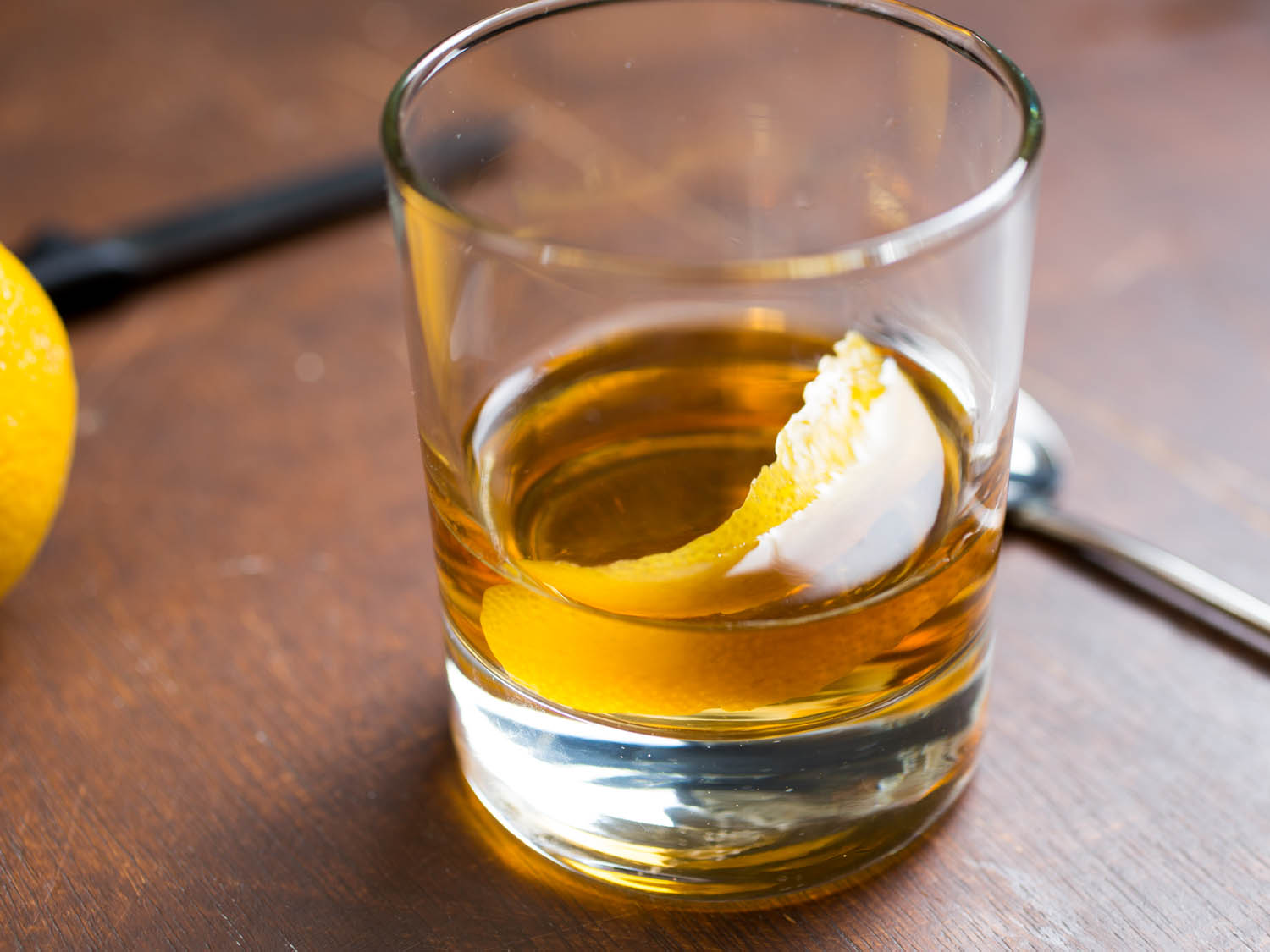
3) Sazerac
A Sazerac is a traditional Cognac-based cocktail that is served ‘up’ and stirred. Today, it is usually made with rye whiskey. There are many local rye whiskies available to suggest. Using equal parts of both cognac, rye whiskey, or brandy can produce a new twist. To make it correctly, use an absinthe rinse, sugar cube, Peychaud’s bitters, and lemon twist. Even though Peychaud’s bitters are standard, try using other aromatic bitters and different ‘up’ glassware. Bartenders love the uniqueness of its flavor and presentation. Order “Sazerac with Bulleit Rye”.
4) Negroni
Negroni (cover photo) is the signature cocktail of Italy. It only contains three ingredients of gin, Campari, and sweet vermouth (White Negroni uses dry vermouth in place of sweet vermouth) with an orange peel served ‘up’ or ‘on the rocks’. There are many fun variations of the drink by using different gins, barrel-aged gin, addition of spices, like cardamom, and flaming the orange peel. A cool new trend is to infuse the Campari with coffee. You can swap out the sweet vermouth for dry vermouth to create a White Negroni or the gin for bourbon, which is called a Boulevardier. Order “Negroni on the rocks”.

5) Margarita
Margarita is one of the most popular drinks in the world. It can be served ‘up’, ‘on the rocks’, or frozen with or without salt/sugar. A great Margarita is perfectly balanced between sweet and sour. Using fresh lemon sour to go along with blanco tequila, triple sec, fresh lime juice, and a lime garnish is the key. Have fun with the garnish by using different fruits and edible flowers. There are many different tequilas available, including gold, aged tequila, or flavored tequila. Some bartenders have experimented by infusing tequila with chili peppers or muddling jalapenos to make it spicy. Adding another liqueur or juice, or using different flavored salts, like chipotle can transform it. Order “Casamigos Margarita on the rocks with salt”.
Cheers,
Michael






